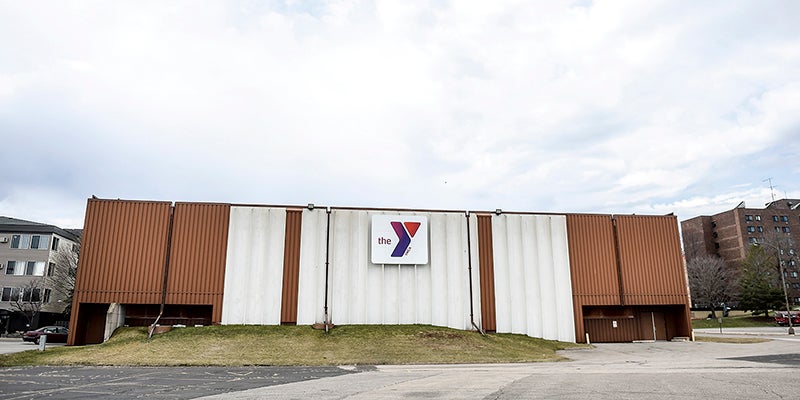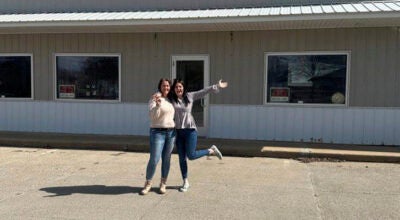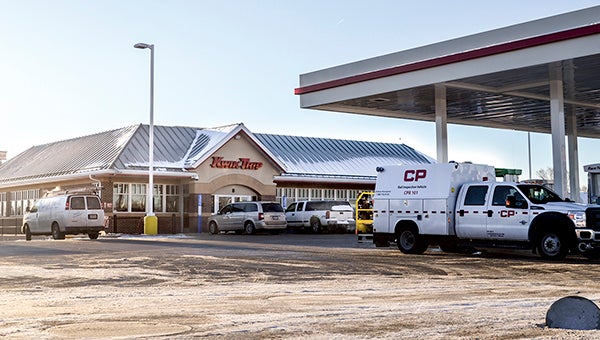‘We’re all for housing’
Published 6:00 pm Friday, April 9, 2021

- The old YMCA building. Herald file photo
|
Getting your Trinity Audio player ready...
|
A recent proposal by Three Rivers Community Action, Inc. to build a low-moderate income (LMI) workforce apartment complex at the location of the old YMCA building met with a mixed reaction from the Austin City Council earlier this week. While some argued that the project was a step towards addressing the shortage of affordable workforce housing in Austin, others felt that the location was more ideal for market rate housing, which is also in short supply.
During the council’s work session Monday evening, Austin Housing and Redevelopment Authority (HRA) Director Taggert Medgaarden and Three Rivers Community Development Officer Susan Strandberg discussed the project. During the meeting, Mayor Steve King stated that he would like for the City to consider market rate housing and that he has been in talks with developers who have expressed interest in the old YMCA location, sparking a debate on what would be more appropriate at the location.
“The thing I want to make clear from the HRA’a perspective is that the HRA is for all housing, whether it’s market rate, LMI workforce housing or senior housing,” Medgaarden told the Herald. “I don’t think any of the (city elected) officials disagree with that; we’re all for housing. The disagreement is simple – it’s just location.”
Under the current proposal, Three Rivers wants to build a 48 unit complex consisting of one, two, three and four bedroom apartments, dubbed the Mill Pond Apartments. Also included are 13 supportive housing units with rental assistance.
The proposal is a Minnesota Housing Tax Credit project that relies on a point system to qualify for the tax credit. Points are dictated by several factors that would make the project attractive to Minnesota Housing; the more points a project can get, the better the chances of getting tax credit approval from Minnesota Housing.
“These are extremely competitive projects; I would say usually 1 out of every 4 get funded,” Medgaarden said. “Cities fight over these because they’re good projects – they bring a quality building to the community.”
As the proposal stands, the project meets 27 of 29 potential points, with location being a factor.
“The location matters and we get points based on location because of its proximity to downtown,” Medgaarden said. “The whole idea of having a LMI project is to take some barriers away from people, such as transportation by providing a closer walking distance for people to places such as work or shopping. That fits that build and you get points for that.”
“Every point matters and that’s why when they looked at this and what they could do just on location, they were very excited about the project,” he added.
While Medgaarden respects the council’s decision to further discuss the issue during its April 19 work session, he did express some concern about timing.
“Three Rivers has to submit an application to Minnesota Housing for the tax credit project,” he said. “It’s a very labor-intensive, very detailed application and it’s time sensitive. It has to be fully submitted by July 1, but there are pre-submission things they have to do. That’s why we’re on a very tight schedule.”
But ultimately, whether the site is used for market rate or LMI housing, the question of location is what matters.
“I know there is a preference for market rate there because it is a good spot,” Medgaarden said. “I think it’s a good spot for both, but I also feel that Flats on 21 did a good job of showing that we can put market rate housing anywhere. This, unfortunately, we can’t if we want a project. That’s really what it comes down to.
“We’re for all housing; it’s just a matter of location.”






